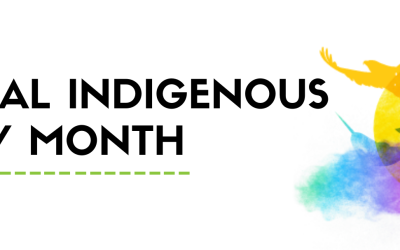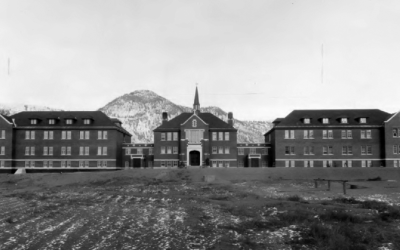Executive Summary
 The century Treaty of Waitangi covers all of New Zealand. It involved representatives of the British Crown and Maori chiefs. Although there are conflicts over interpretation, the treaty protected Maori ownership over their lands and recognized British sovereignty over New Zealand, but political opposition to the treaties has hardened.
The century Treaty of Waitangi covers all of New Zealand. It involved representatives of the British Crown and Maori chiefs. Although there are conflicts over interpretation, the treaty protected Maori ownership over their lands and recognized British sovereignty over New Zealand, but political opposition to the treaties has hardened.
Since the signing, there have been conflicts over the interpretations of the meaning of the text, as well as literal wars pitting indigenous peoples against the Crown.
Today, the results of this campaign of confiscation are plain to see. Maori find themselves below non-Maori New Zealanders in almost every social well-being indicator.
Investigations into the grievances of iwi began in the 1920s. Maori, however, regarded payments as wholly inadequate and began agitating in the 1960s and 1970s. This pressure resulted in the establishment of the Waitangi Tribunal, a permanent commission of inquiry to investigate and make recommendations, which, if agreed upon, are carried out by the Office of Treaty Settlements.
A key shift was the extension of the power of the Waitangi Tribunal to investigate alleged grievances back to 1840 (the year the Treaty of Waitangi was signed). For many iwi disenfranchised of their land in the early colonial years of New Zealand, this was to be a landmark decision to seek recompense and redress past wrongs.
Ngâi Tahu, New Zealand’s fourth most-populous iwi, signed a deed of settlement with the Crown in 1996 in a deal notable primarily for the dignified and solemn process in which it was conducted.
Through a series of wise investments and good governance, Ngâi Tahu is New Zealand’s wealthiest iwi and the largest employer in the South Island. Iwi from other parts of New Zealand seek to replicate both the size of the Crown compensation package and the processes that led to their success following settlement.
View entire study as PDF (11 Pages)


